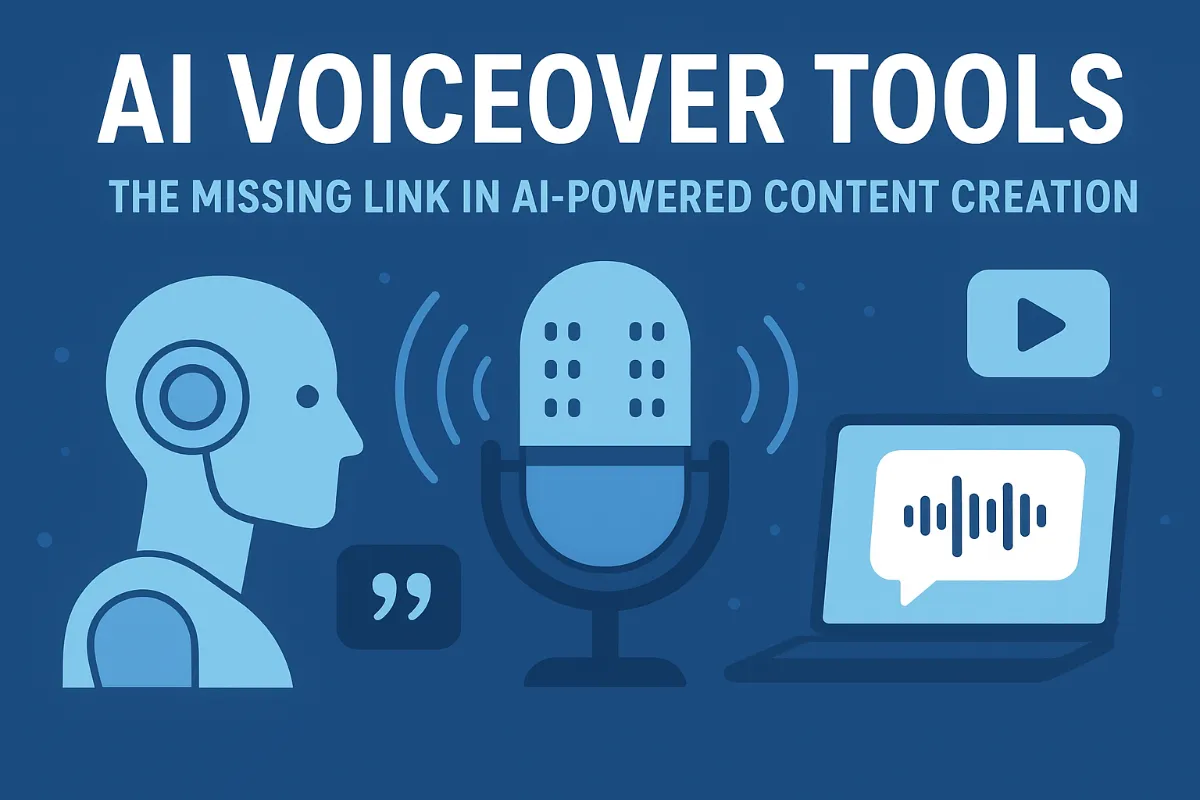The Future of Construction: How AI and LLMs are Reshaping the Industry
The use of AI in the construction industry is rapidly evolving. As the sector moves towards a digitally-enhanced future, the rise of artificial intelligence as a disruptive force has not gone unnoticed.
The AI in the construction industry market speaks for itself, with a projected growth rate of 20% annually between 2023 and 2032.
From AI-assisted generative design to predictive scheduling and LLM-powered chatbots, the industry is beginning to navigate new ways to improve site safety, boost efficiency, and manage increased project demand.
However, as construction companies work to deliver these new AI-powered initiatives, what does this mean for the future of the industry? We explore how AI and Large Language Models (LLMs) are revolutionizing construction.
The State of AI in Construction Today
In just a few short years, we’ve seen the use of AI in the construction industry shift from powering isolated tools to driving complete ecosystems in the workplace.
Globally, over a third of construction firms have currently adopted some form of AI, and 42% of US construction companies have piloted AI applications in their projects in the last five years.
As construction leaders embrace machine learning, IoT, and intelligent robotics, there’s no doubt that the industry will continue to evolve.
According to other industry projections, AI is expected to cut project costs by up to 15%, prevent 30% of accidents via smart monitoring, and deliver a 78% improvement in overall project efficiency for adopters, making it a crucial technology to invest in moving forward.
To measure how these improvements can impact your business, you can use a free Construction ROI Calculator to estimate potential cost savings and efficiency gains
Adding a new layer of intelligence beyond traditional AI are Large Language Models such as ChatGPT and CoPilot. With the ability to train workers, automate stakeholder communication, and streamline project management, LLMs are just one AI technology reshaping the industry in 2025.
4 Ways AI and LLMs Are Reshaping the Industry
AI and LLMs are revolutionizing all areas of the construction industry. From design and planning to on-site operations, let’s have a closer look at the key use cases for artificial intelligence in a modern-day construction business.
Design and Planning
AI tools are constantly being used to improve the design and planning process. From building information modelling (BIM) to generative design software, the opportunities to optimize all aspects of building modelling and construction are constantly improving.
AI’s ability to analyze vast amounts of data is also crucial in the design stage. Leveraging machine learning, AI design tools can suggest the most efficient, cost-effective building solutions and even provide accurate cost estimates for each part of the project’s design.
LLMs can then be used to streamline documentation, blueprint analysis, and automate compliance checks. This makes it twice as easy to achieve project approval and begin modelling for the build.
Using a ready-made Construction Proposal Template can further speed up the approval process by providing a professional, structured document that meets industry standards
Project Management and Cost Optimization
AI is also transforming project management in the construction industry. AI algorithms can analyze resource availability, predict potential delays, and even forecast cost overruns.
This helps construction teams optimize resource allocation and create more accurate completion schedules for stakeholders, suppliers, and clients invested in the project.
With the ability to conduct real-time risk assessments, AI tools can also help teams reduce bottlenecks and avoid costly errors that could impact project completion.
Experts claim that AI-powered project management increases project productivity by more than 31%. Teams that regularly consult AI can make proactive adjustments and keep projects on track.
Workforce Transformation
AI is also transforming workplace communication. LLMs in particular are offering upskilling programs for workers, training assistants on safety and compliance, as well as automating collaboration between clients, stakeholders, and project managers.
AI has also orchestrated a shift in traditional labour roles. Manual workers are increasingly replacing physical tasks with tech-enabled management.
Companies that use construction software enable powerful end-to-end management. Team leaders can use AI to coordinate complex projects, manage their workforce, and even link the office to the field, improving collaboration with remote crews.
On-Site Safety
On-site safety is a primary concern for construction teams in 2025. The "Fatal Four" (falls, struck by objects, electrocutions, and caught-between incidents) account for 65.5% of US construction deaths.
However, artificial intelligence aims to mitigate these risks by enhancing workplace safety.
Construction teams are now leveraging AI to improve safety monitoring and incident reporting, aiming to identify hazards before they pose a risk to workers.
Some construction firms have gone one step further, introducing AI-driven robotics to automate repetitive or hazardous tasks. Other AI-powered wearables, such as computer vision goggles, are also enhancing worker safety on-site by identifying hazards in real-time to manage risk.
78% of construction firms are now using AI to reduce on-site risks. As one of the most critical use cases of this technology in the construction industry, experts suggest that workplace-based fatalities are already taking a hit on the back of its success..
The Road Ahead: What the Next Decade Holds
The road ahead looks positive for the adoption of AI in the construction industry. As we see a rise in the number of AI-first construction firms, it won’t be long before LLM integration and on-site robotics become regular features in the building world.
In smart cities, early adopters will gain a competitive advantage. As the demands for labor grow across the US, construction companies that offer AI solutions will be better positioned to attract larger projects and deliver them faster in the next decade of urban development.



